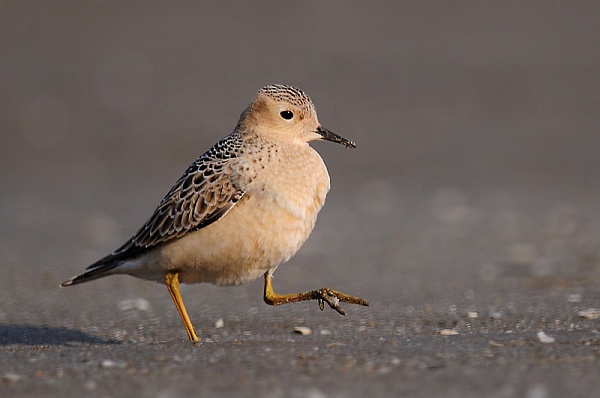
We’re all familiar with plants whose seeds have hooks that cling to fur and clothing. In this way the seeds travel miles from their parent plant to germinate in a new place.
Last week in surprising news we learned that snails may be able to do the same thing by clinging to birds.
Scientists from the Smithsonian Tropical Research Institute studied the DNA of two sister species of horn snails, one from the Atlantic, one from the Pacific.
Millennia ago these tiny snails were the same species because the waters of the Atlantic and Pacific were joined by an opening where Central America is today. Three million years ago the land rose up at Panama, the oceans were divided, and the snails eventually became two separate species.
Scientists expected to find that the two had not intermingled since then, but DNA evidence showed that the Pacific snails had bred in the Atlantic one million years ago and the Atlantic snails had done the reverse 70,000 years ago.
How?
The theory is that the snails flew. They were either ingested by a shorebird and lived in the gut long enough for the bird to fly across Panama and excrete them in the other ocean(*), or they traveled in the mud clinging to a bird’s feathers or feet.
I don’t know about the first theory but the second is quite plausible, especially if the snails were small.
In the 1800’s Charles Darwin showed that birds helped plants colonize the Galapagos when he collected a ball of mud from a bird’s plumage and raised 82 plants of five species. If plants travel in the mud, why not tiny snails?
Here’s a buff-breasted sandpiper to show how it’s done.
Buff-breasted sandpipers nest in the Arctic tundra and winter in Argentina. During their long migration they stop to feed on muddy shores in North and South America where they inevitably get dirty.
Look at this bird’s feet. Mud!
What’s in that mud? Maybe seeds, maybe microscopic snails…
So my question for this bird is: Who’s traveling with you?
(photo by Steve Gosser)
.
(*) Panama is about 37 miles wide at its narrowest point.